
As you tend to your cool seasonal plants, the rise in temperatures is probably making you perspire – literally and metaphorically. For one, it’s going to get harder to get your hands dirty during the warmer months. Two, the greens that don’t do too well in the heat will need extra loving and care. And three, you don’t want to miss out on the summer bloom.
Summers in the UAE typically begin towards the end of April and can last well into October. You might find your bougainvillea, aloe, cacti and desert roses flourishing during this time. Then there are those whose leaves constantly turn crisp and yellow under the summer sun.
Experts in Dubai, with a pitch in from a plant parent, tell us how we can keep the greens sprightly and happy despite the mercury rise.
What is the temperature tolerance of indoor potted plants? Horticultural consultant with the Dubai Garden Centre, Muzzammil Mohammad Salim Burondkar tells Gulf News that indoor plants are used to temperatures below 25°C. Anything higher, and the plant can turn brown.
Things to do in the garden
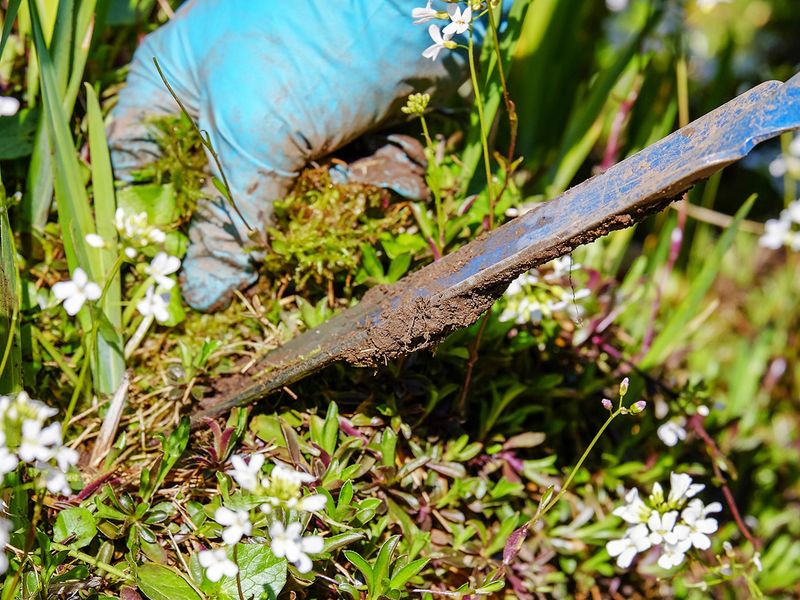
Let’s start with bigger green spaces – like your lawn or home garden. Chances are that your existing growth is used to long periods of sunshine. So what you can do right away is weed out all the unwanted plants from last season’s growth spurt.
1. Weed your grass
Burondkar says coming out of spring, tidying up the lawn is a must. Weeds are unfamiliar plants sticking out from your otherwise flat plain of grass that you’ll want removed. They take away nutrients absorbed from fertilisers, water and sun, from your main plants and can slow down new growth.
Unfortunately, every garden is a likely home for weeds.
Take a look. If you can spot a few uninvited friends, grab a weeding tool, your gardening gloves and get to work. It’s a rather intensive activity since it involves kneeling and crouching outdoors for a couple of hours. But, you’re making way for new growth!
2. Fertilise your grass
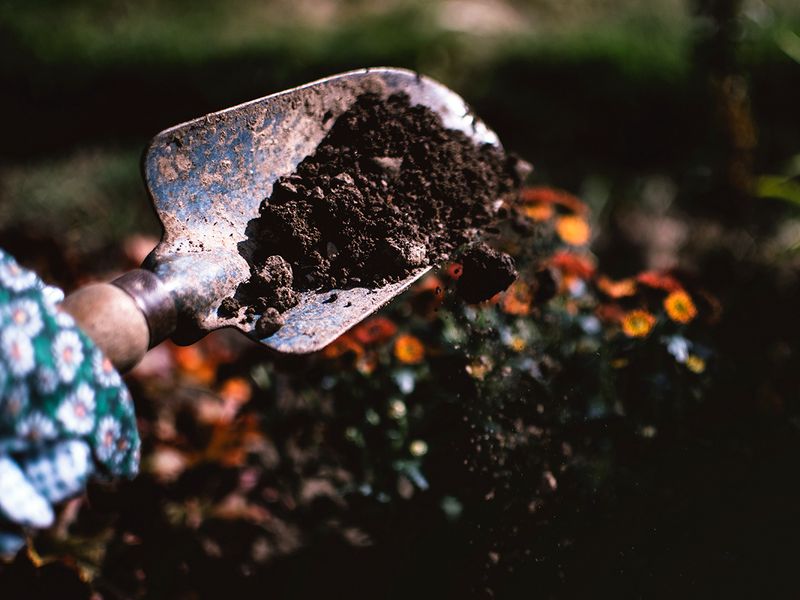
Before refreshing your lawn or backyard soil, check if the ground between the grass blades is pressed flat.
“When the soil gets dry, it becomes compact. Try turning the soil in an upside down motion to make it loose, or else the nutrients will not reach the roots,” said Burondkar.
Once you’ve shaken things up a bit, apply your choice or fertiliser or compost on the top. A balanced fertiliser mix will carry the three macro-nutrients absorbed most by plants - nitrogen, phosphorus and potassium.

Try turning the soil in an upside down motion to make it loose, or else the nutrients will not reach the roots.
Burondkar advises against stronger chemical fertilisers that can burn roots in the summer; organic options on the market are a safer choice. A common heat-loving grass variety in the UAE is the Bermuda grass, which is often fertilised in spring.
“It can sit in direct sunlight throughout the year – just increase the amount of watering needed in summertime,” said Burondkar.
3. Add compost
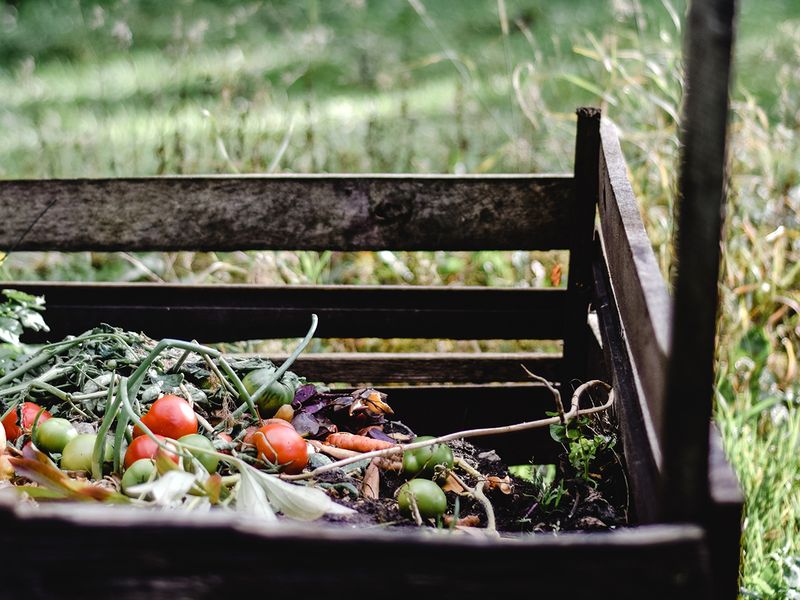
To achieve that lush blazing green in the coming months, consider compost. You can either buy a sack from the nearest garden centre or create your own.
“There are compost bins available at local garden centres that will do the work for you. But you can create your own in a crate. Make several layers of fruit and vegetable peels, dried leaves or weeds, sawdust and soil inside the crate and leave it in a shaded area. You’ll get the final result in two to three months,” said Burondkar.
Things to do for your outdoor plants
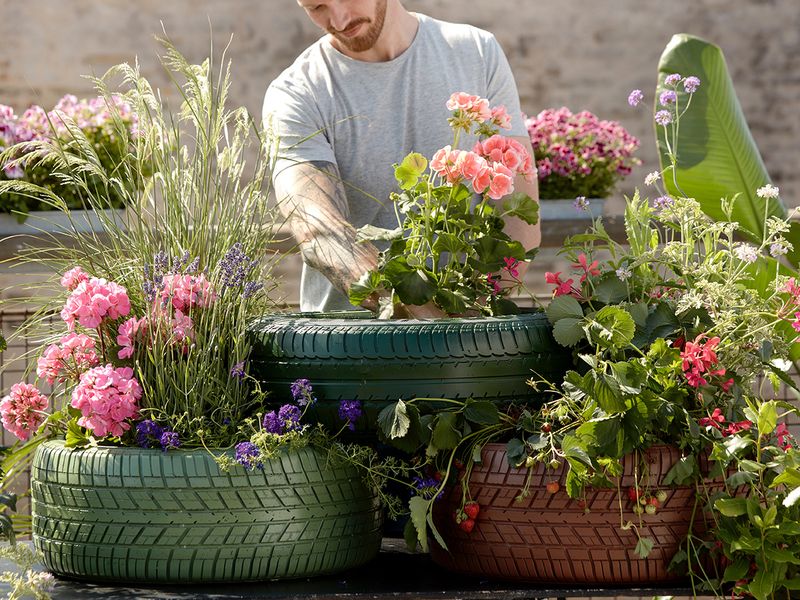
Your vegetable garden and other larger plants will go through a similar tending process. While they can survive the outdoor elements better than plants inside, hotter and longer days might still prove stressful. Here’s what you can do to take some of that heat off.
1. Install shading nets
Green shading nets are often seen covering plant nurseries and centres wherever you go. They’re an inexpensive solution to keeping excess sunlight out and diffusing the rays before they touch the plants.

... most ficus varieties or fig trees, ixora plant, rosemary and mint can stay in direct sunlight.
“When temperatures increase, the evaporation rate increases and water loss of the plant is high. But most ficus varieties or fig trees, ixora plant, rosemary and mint can stay in direct sunlight. With fruit trees like a potted lemon tree, bring them to a shaded area by late May,” said Burondkar.
Tip: You will benefit the most from your edible garden in the summer, if you’re growing watermelons, mangos, limes and lemons. A beginner, says Burondkar, should look into seedling starter trays that make growing herbs easier.
2. Add blooms
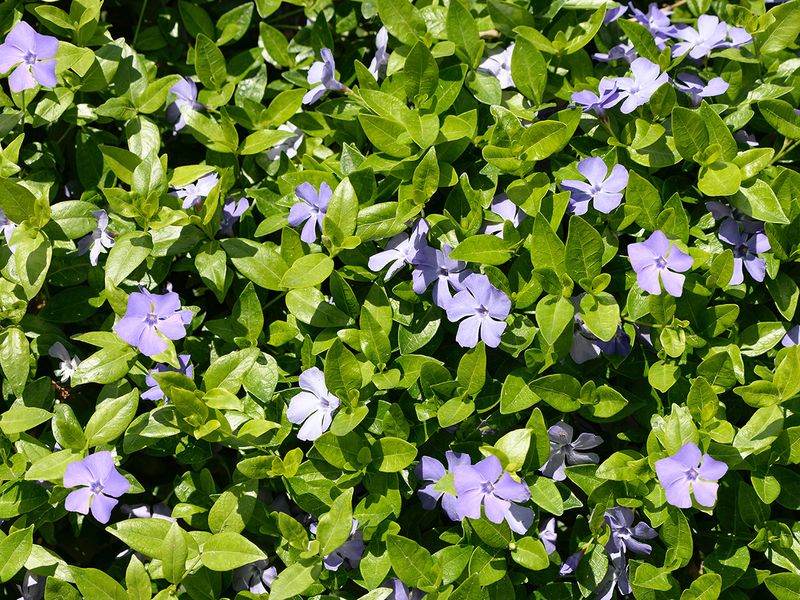
Who doesn’t love a garden in full bloom? Bring in these sunshine-loving flowering plants to colour the lawn for the perfect summer garden.
Burondkar suggests portulaca grandiflora or moss rose, a perennial plant that blooms in wide, loose petals in bright magentas, yellows and oranges. Then there is the violet-coloured periwinkle or vinca plant that is equally low maintenance for hot and dry temperatures.
Tip: Pruning flowers is the usual part-and-parcel of being a plant parent. It gives your plant a leafier and bushier growth. However, this should be only done when the leaves are drying up or else clipping a handful of flowers at once can be traumatic for the plant, says Burondkar.
Things to do for your indoor plants
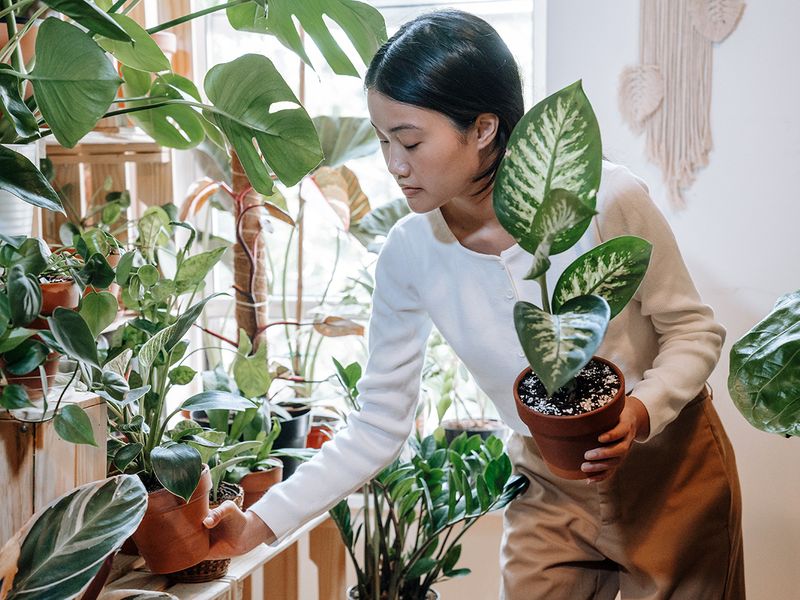
A 37-year-old plant parent in Dubai has been looking after potted greens since 2017. Danabelle Gutierrez, a Filipina poet and writer in the UAE, owns over a 100 indoor plants by virtue of her mum and friends, from peace lilies and birds of paradise to creeping fig and jungle boogie. She’s taken note of what her plants do and don’t like when the seasons change, and here’s what she found out.
1. Air condition your indoor plants
This is for when summer comes around. Apparently, indoor plants are sensitive to uncomfortably warm room temperatures like us. Danabelle finds that her plants fare well on their own in summer, besides the expected increase in watering frequency.

I’m unable to leave [my plants] without air-conditioning in the summer, for at least 12 hours. Especially if it’s August.
“But there’s a caveat – I’m unable to leave them without air-conditioning in the summer, for at least 12 hours. Especially if it’s August,” said Danabelle.
Burondkar confirms that cool air from ACs helps keep temperatures below 25°C for indoor plants, which is ideal.
2. Move your plants around
When your windows start receiving hotter direct sunlight, you will know it’s time to engage in a bit of shuffling.
“It’s best to move your plant to an area with indirect sunlight or at least 50cm away from the window,” said Burondkar. “If the plant is in direct sunlight, make sure to water two times a day, once in the morning and once in the afternoon or evening; in case of succulents, once a day if the soil is a little dry. For your shaded plants, every other day, depending on the moisture in the soil.”
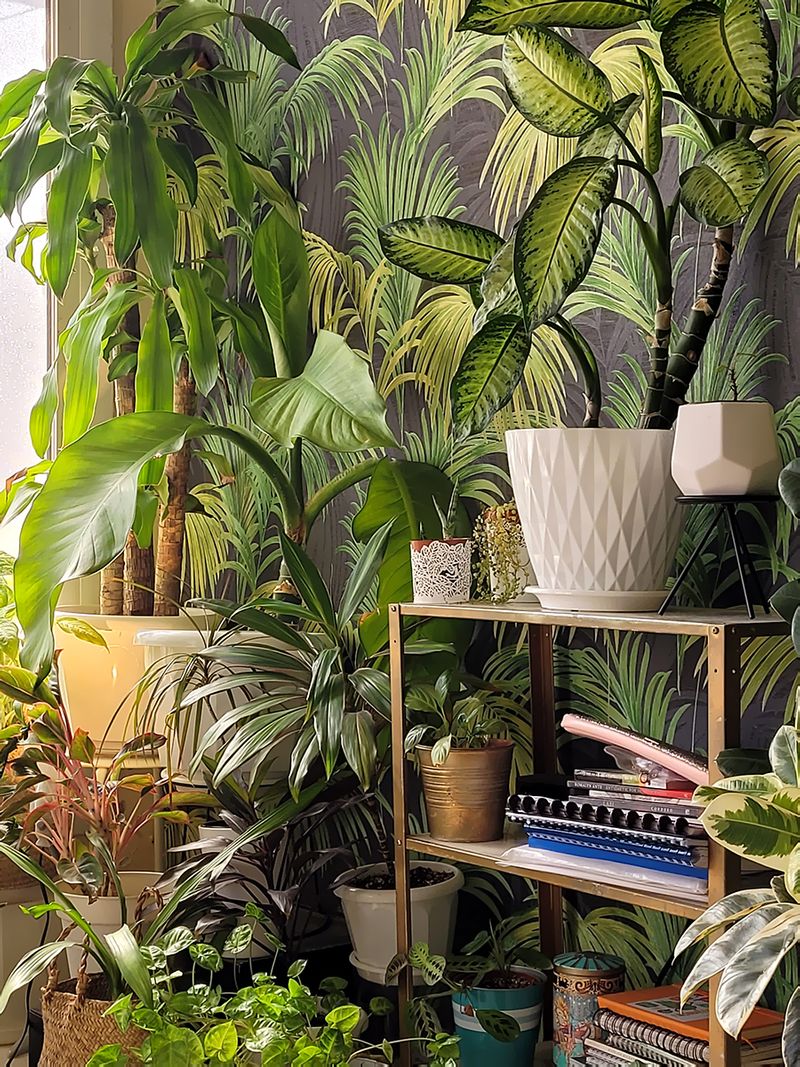
This also depends on where you live and how much sunlight your house receives. Danabelle’s windows are frosted so most of the light is diffused, and the villa she stays in is built at an angle. She knows which spots make what plant the comfiest at home.
“It really depends on your environment. You just have to know your plant, observe how they behave and what they like better,” she added.









